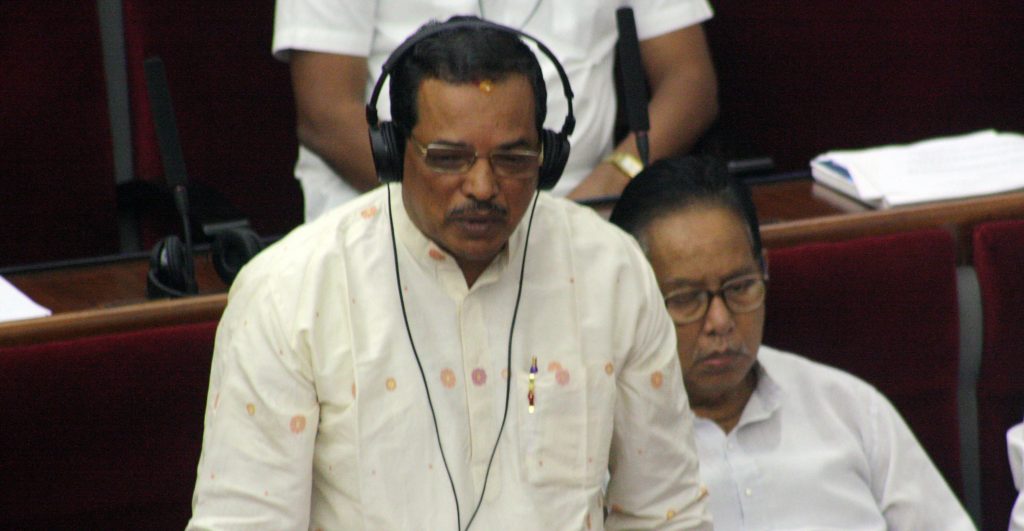Bhubaneswar: In spite of collecting crores of rupees from miners under District Mineral Foundation (DMF) scheme, the state government has failed to spend even half of the amount on improving the lives of people affected by mining.
The government’s statement in the Assembly Thursday states that it could not spend even half of the DMF funds collected from miners in the last two years.
The data submitted by the Minister of Planning and Convergence, Padmanabha Behera, said that in 2017-18 and 2018-19 financial years, the government had collected Rs 2912.31 crore for DMF.
However, the minister’s written statement and the annexed data hinted that out of the total amount collected, only Rs 1320.84 crore was spent in the affected districts. This is just 45 per cent of the total amount collected in the last two years.
The data from most mining-hit areas indicated that around 75 per cent of DMF funds are lying unutilised in the last two years.
For example, government data showed that Keonjhar district reported the maximum collection of Rs 2019.81 crore in the last two years. But it spent only 22.5 per cent of the funds.
The situation in other districts is no different. Jajpur, which received Rs 574.4 crore as DMF collections, could use only 23 per cent of the funds. Sundargarh district also could utilised only 32 per cent of the funds, while in Angul, 59 per cent of DMF funds remained unutilised.
The data for the two financial years said that collections from miners in mining-hit areas are increasing. The total DMF collection in Odisha was reported to be Rs 1800.36 crore in 2017-18, while it went up to Rs 2595.59 crore in 2018-19.
According to DMF rules, the overall objective of the fund is to execute development and welfare projects in mining affected areas.
These projects should complement the existing schemes of the state and the Union government so as to minimise the adverse impact of mining on the environment and the health of people living in mineral bearing districts. This will also ensure long-term sustainable livelihoods for the affected people.
